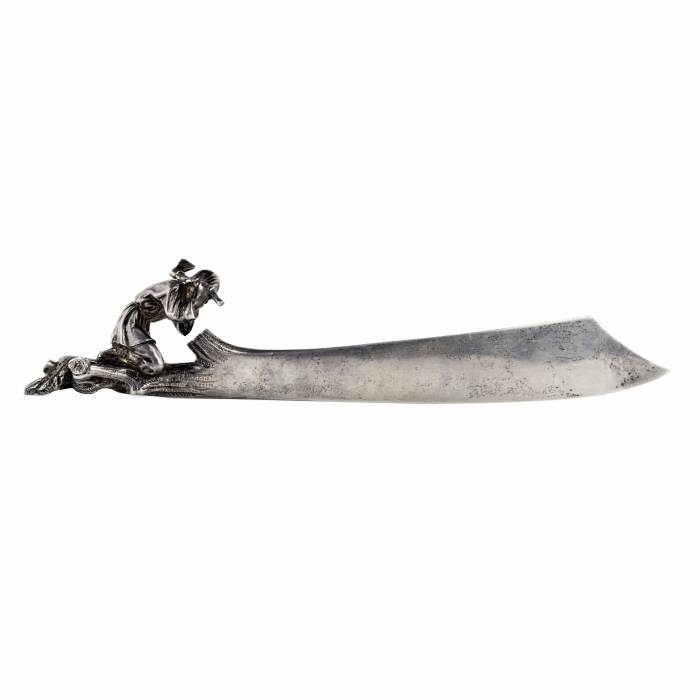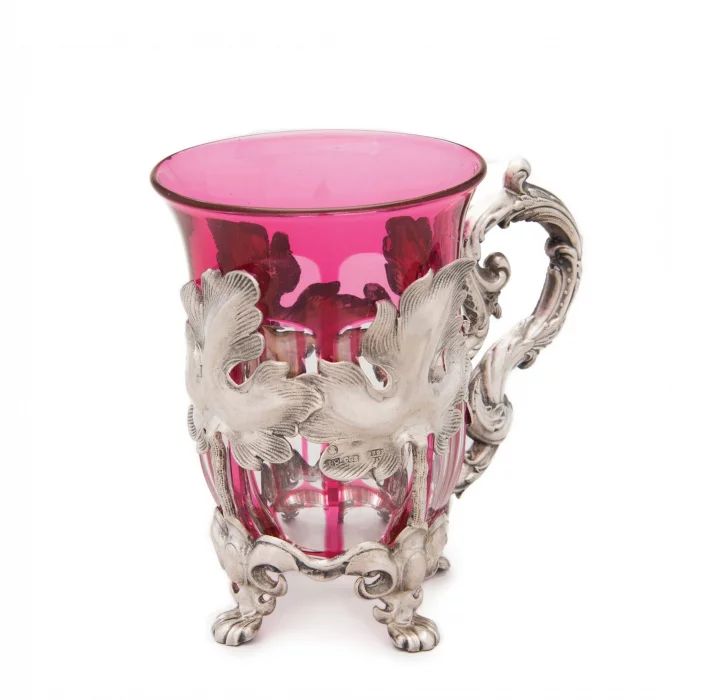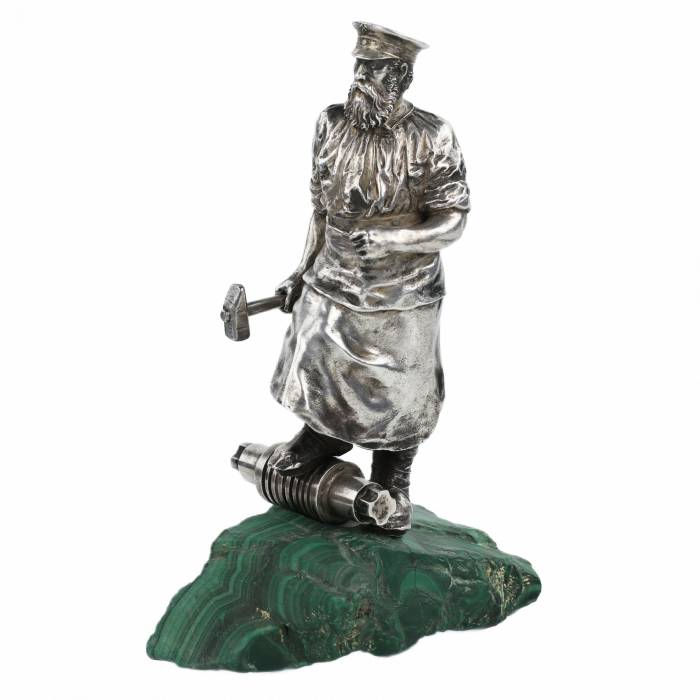
AntiqonART consultant will contact you within one business day after receiving your request.








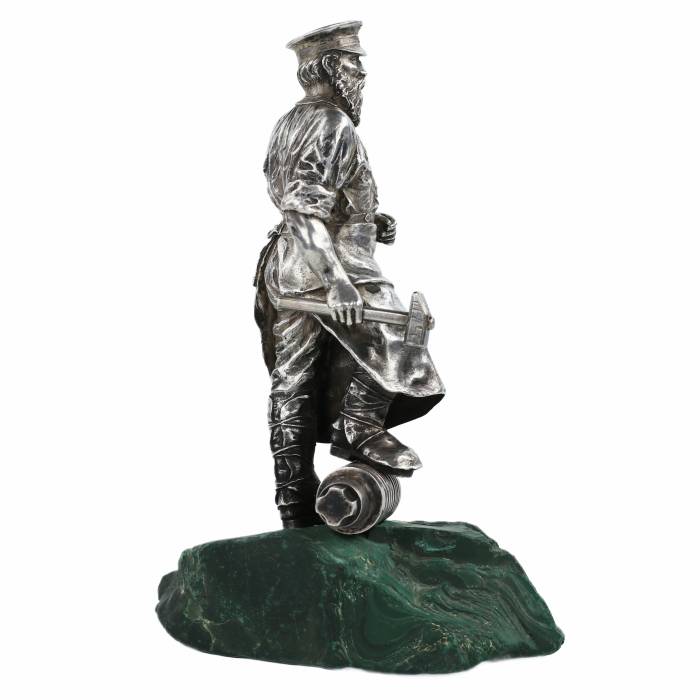













Discover how the value of similar works has evolved over the past 10 years. Art is not only beauty — it's an investment.
Discover how the value of similar works has evolved over the past 10 years. Art is not only beauty — it's an investment.
Antiqon ART offers free packaging, insurance, and delivery for most items purchased through the company.
État : Très bon état de conservation. Patine d’origine. Poinçons entièrement lisibles.
Dimensions : Hauteur — 18 cm. Largeur :13 cm. Poids : 1010 g.
Poinçons : Poinçon de l’administration de l’orfèvrerie de Moscou (1908–1917) — tête de femme en kokoshnik tournée vers la droite, avec la marque «84» d’argent; poinçon de maître 1-яА dans un cartouche rectangulaire à angles biseautés — 1ère artel de joailliers de Moscou.
La création de l’artel répondait à la nécessité de défendre les intérêts des maîtres artisans et de maintenir un haut niveau d’exécution artistique et technique dans la production joaillière. Fonctionnant sur un modèle coopératif, chaque artisan contribuait à la production commune tout en conservant sa liberté créative.
Les œuvres de la 1ère artel se distinguaient par leur qualité exceptionnelle, le respect rigoureux des poinçons, l’attention aux détails et la richesse de leur ornementation. L’artel produisait un large éventail d’objets : argenterie de table, objets religieux, sculptures décoratives, tabatières, porte-cigarettes et pièces de présentation. Ces dernières, réalisées en argent avec des socles en pierre ou en marbre, témoignaient d’une grande maîtrise de la petite sculpture et d’un réalisme typique de la fin du XIXe siècle.
Toutes les pièces portaient un poinçon officiel d’époque (le plus courant étant le profil d’une femme en kokoshnik tourné vers la droite) et le poinçon de maître « 1-яА » dans un cartouche rectangulaire aux angles biseautés.
Jusqu’en 1917, l’artel participa activement aux expositions, compta parmi ses clients des hauts fonctionnaires de l’Empire et écoula ses œuvres sur le marché intérieur. Après la Révolution d’Octobre et la nationalisation de la production, l’activité de l’artel fut interrompue. Ses maîtres joailliers rejoignirent alors les ateliers d’État ou émigrèrent.
The condition report is provided for informational purposes only.
It is not comprehensive and may not reflect all defects, restorations, alterations, or adaptations, as Antiqon does not perform professional conservation-level assessments. The information is based on a qualified, yet subjective, evaluation by our specialists.Before purchasing, we recommend consultation with an independent expert.Please also consult our Terms and conditions and Glossary A-Z, which contain important information on lot characteristics and sale conditions.
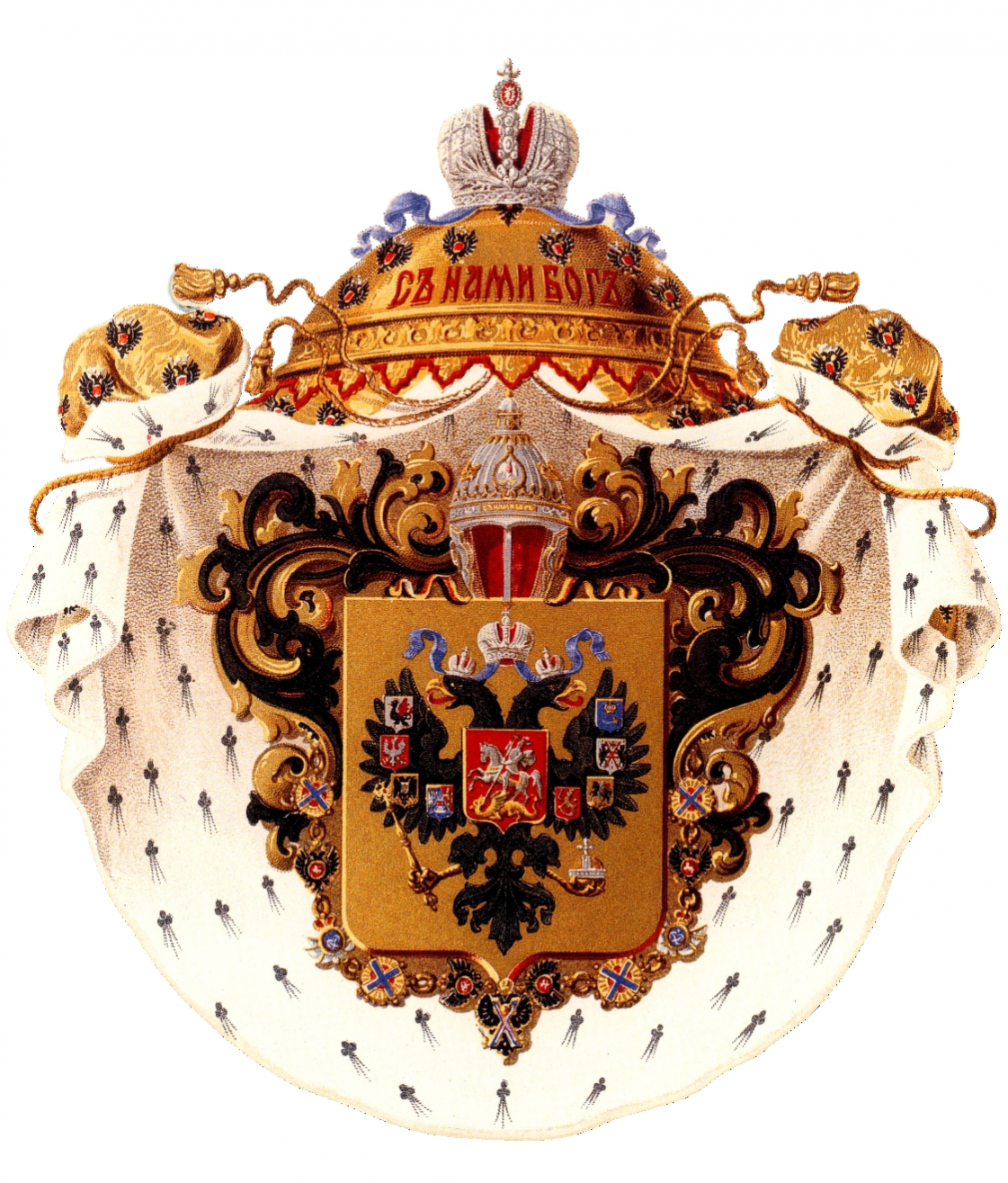
Thank you for your request!
Our consultant will contact you soon.

AntiqonART consultant will contact you within one business day after receiving your request.
Thank you for your request!
Our consultant will contact you soon.

AntiqonART consultant will contact you within one business day after receiving your request.















